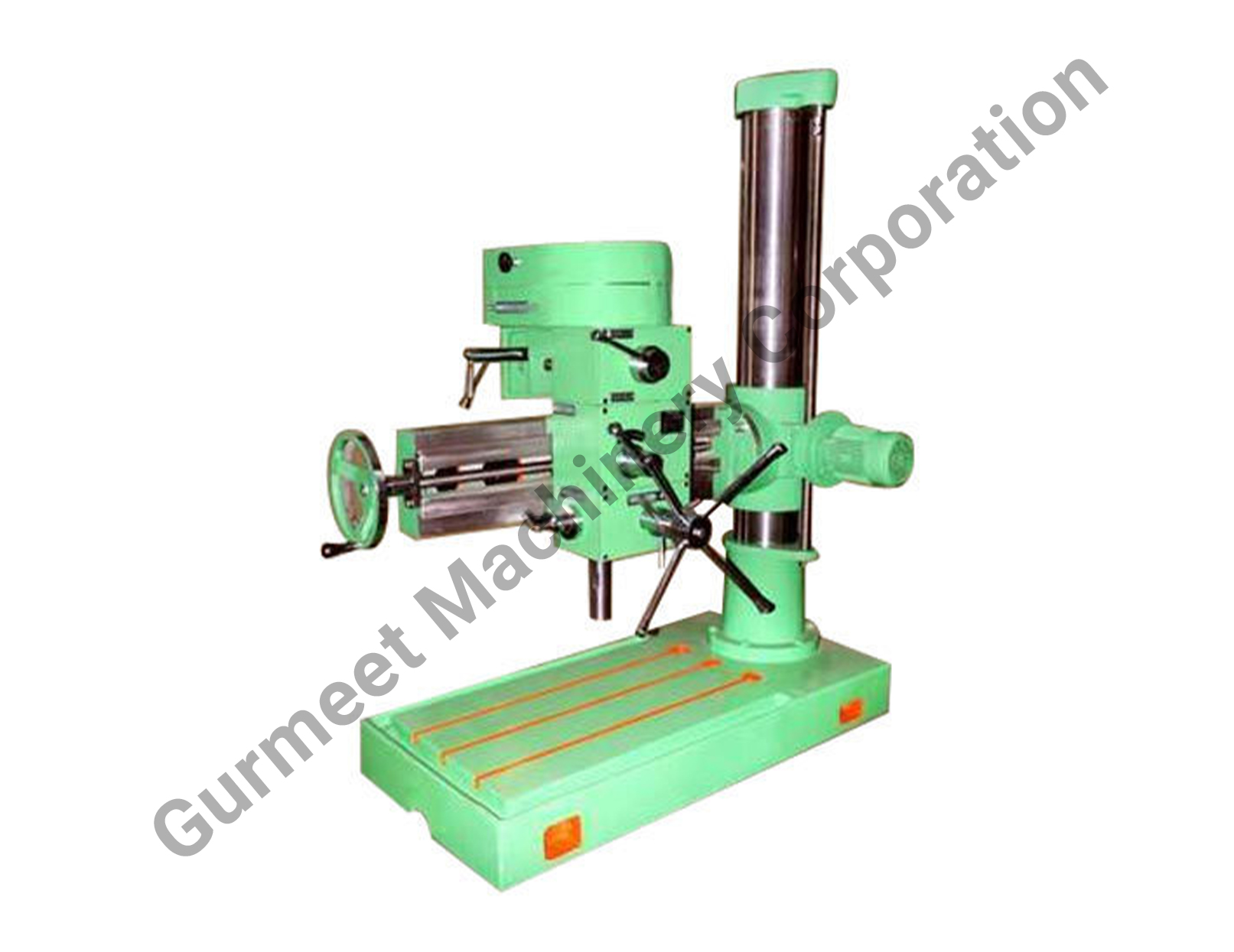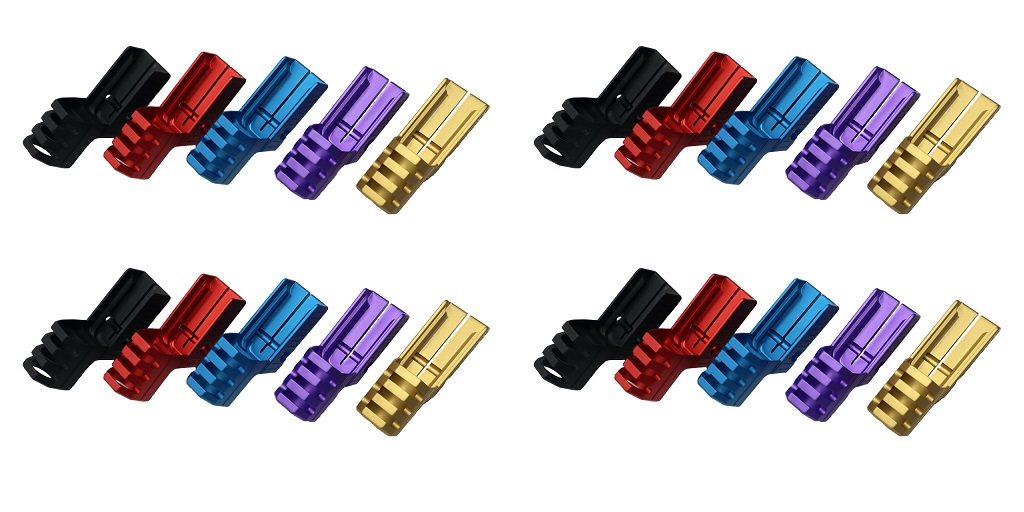In the ever-evolving world of CNC (Computer Numerical Control) machining, innovation continues to shape the tools and technologies that define precision and efficiency. Two such critical pieces of equipment are the Radial Drill Machine and the Milling Machine. These machines have been integral to the manufacturing industry for decades, known for their versatility and reliability. With continuous technological advancements, the future of these machines in CNC machining looks even more promising, driven by automation, integration, and increasing demand for precision.
Understanding the Radial Drill Machine and Milling Machine
To explore the future of these machines, it is crucial to understand their roles in CNC machining.
A Radial Drill Machine is primarily used for drilling, tapping, and reaming operations. It features a rotating radial arm that can be adjusted horizontally and vertically, making it adaptable for large workpieces. This flexibility allows for precise drilling at various angles.
A Milling Machine is used to cut or mill material away from a workpiece. The process can be horizontal or vertical, enabling the creation of precise shapes, contours, and textures. Milling machines are widely used across industries like automotive and aerospace for their ability to handle diverse materials with exceptional accuracy.
The Future of Radial Drill Machines in CNC Machining
The Radial Drill Machine has undergone several improvements over the years. As CNC technology advances, these machines are evolving to meet the demands of modern industries.
Automation and CNC Integration
In the near future, Machines will increasingly incorporate CNC systems to enhance their precision and efficiency. While many current radial drills operate manually or with basic mechanical systems, CNC integration will allow for more consistent and repeatable results. This will allow operators to program drilling paths and adjust parameters in real time, reducing human error and speeding up operations.
The automation of machines will also lead to reduced downtime, improved throughput, and lower labor costs. As manufacturing environments become more automated, the demand for autonomous or semi-autonomous machines will rise, enhancing the role of radial drill machines in large-scale production.
Advanced Materials and Design
With the rise of high-performance materials in industries like aerospace and automotive, Radial Drill Machines will need to handle tougher materials. Future versions will likely incorporate advanced coatings and stronger motor systems to drill through harder alloys and composites, keeping these machines relevant despite changing material demands.
Precision and Speed
A key trend shaping the future of Radial Drill Machines is the increasing emphasis on precision and speed. CNC technology will enable these machines to perform highly accurate drilling operations while reducing cycle times. Improved software algorithms, sensors, and control systems will help achieve higher precision levels and more efficient drilling.
The Future of Milling Machines in CNC Machining
Milling machines have long been at the heart of CNC machining. As industries continue to advance, Milling Machines will remain essential in shaping the future of manufacturing, with the next generation focusing on smarter technologies and greater customization.
Smart Technology and IoT Integration
Similar to radial drills, Machines will also benefit from the integration of the Internet of Things (IoT). IoT-enabled milling machines will allow for real-time data exchange and diagnostics, helping operators monitor machine performance and anticipate potential failures before they occur. The integration of sensors and advanced software will make these machines more adaptive to changes in material or tool wear.
High-Speed Machining
Another significant trend in the future of Machines is the focus on high-speed machining (HSM). The demand for faster production times and lower costs will drive the development of milling machines capable of high-speed operations. These improvements will enable milling machines to process materials more quickly while maintaining the required precision.
The future of Machines will also see enhancements such as faster spindle speeds, better cutting tools, and improved cooling systems—all contributing to increased efficiency and speed.
Multi-Functionality and Flexibility
Looking ahead, Milling Machines will become more multifunctional. While today’s machines can already perform a range of tasks such as drilling and tapping, future milling machines will offer even more capabilities. For example, milling machines may combine additive manufacturing (3D printing) with traditional milling methods, providing a versatile solution for various production needs.
The Convergence of Radial Drill Machines and Milling Machines
The future of CNC machining may witness a convergence of Radial Drill Machines and Milling Machines. As both technologies continue to evolve, there will be a demand for hybrid machines that combine the strengths of both. These hybrid machines would allow manufacturers to perform both drilling and milling operations on a single platform, simplifying the process and saving time.
This integration could also reduce the need for separate machines, reducing floor space requirements and overall production costs. Hybrid machines would be particularly beneficial in high-precision fields like aerospace, where both types of operations are frequently required on the same workpiece.
Conclusion
The future of Radial Drill Machines and Milling Machines in CNC machining is marked by the integration of advanced technologies such as automation, IoT, and high-speed machining. These developments will help improve the precision, speed, and efficiency of these machines, ensuring they remain at the forefront of modern manufacturing.
As industries continue to push the limits of technology, the role of these machines will become even more crucial. The future will likely see Radial Drill Machines and Milling Machines evolve further to meet the growing demands for accuracy, flexibility, and cost-effectiveness. Manufacturers who invest in these next-generation tools will be well-positioned to maintain a competitive edge in the ever-advancing world of CNC machining.




